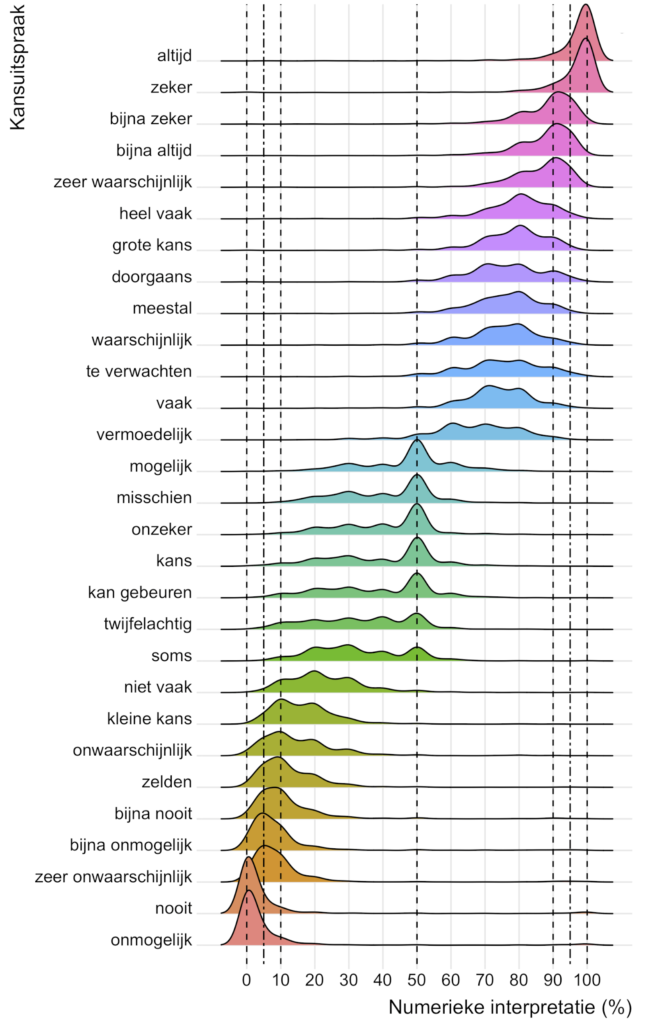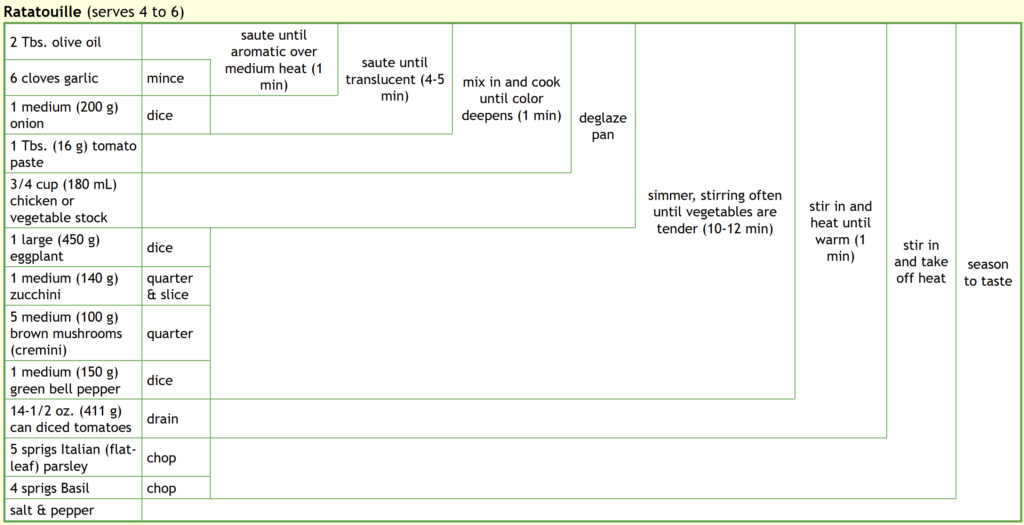The World Atlas of Language Structures (WALS) chapter on Tea tells us that the word you use for ‘tea’ is highly influenced by ancient trade routes. Specifically, whether your country first got tea via the Silk Road (by land, originating from inland China) or from sea imports (by sea, originating from Dutch ports in the coastal province of Fujian).
The WALS chapter is a bit academic, so I recommend this summary article from Quartz on the origins of ‘tea’ vs ‘cha’.
With a few minor exceptions, there are really only two ways to say “tea” in the world. One is like the English term […] the other is some variation of cha. […]
Both versions come from China. How they spread around the world offers a clear picture of how globalization worked before “globalization” was a term anybody used. The words that sound like “cha” spread across land, along the Silk Road. The “tea”-like phrasings spread over water, by Dutch traders bringing the novel leaves back to Europe.










